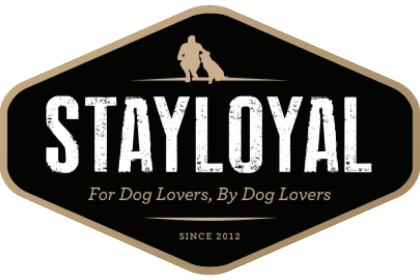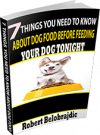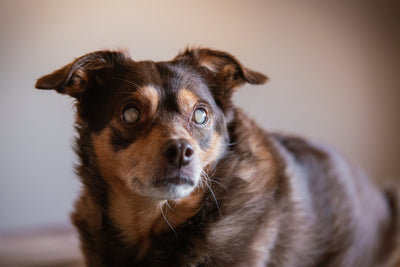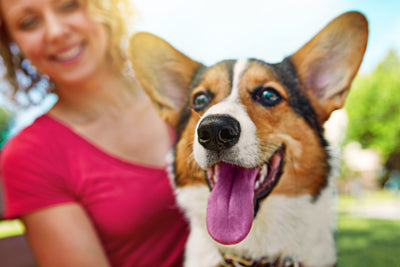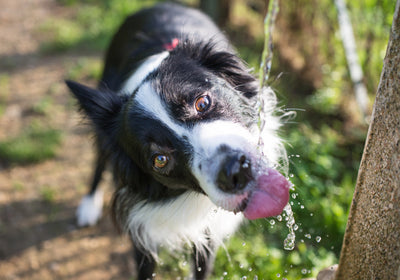11 Reasons Why You Need to Check the Fat Levels in Your Dog’s Food!
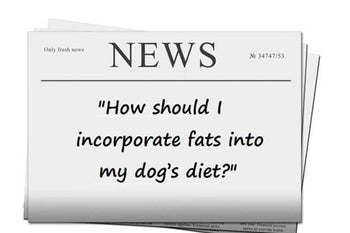
Fat-free, low-fat—most of us have been engrained since childhood to equate these labels with being healthy. And we tend to project this on to our dog’s diets. But we’re not the same as dogs, and too little fat in a dog’s diet can be as bad—maybe worse—than too much.
Just from a practical point of view; your dog doesn’t have the options you do. You may need that low-fat yogurt to make up for the ice cream and cake and pork rinds and fondue you eat the rest of the day. Chances are your dog had none of those. He doesn’t need to make up for dietary extravagances unless he spent the day sharing your plate.
As for weight loss, more studies are starting to show that fat may not be the public enemy number one it’s been labeled as, but instead carbohydrates are the culprit. That doesn’t mean you can eat a can of lard and expect to lose weight, but it does mean that the bread and potato may be more problematic than the butter you put on them.
Dogs have one more advantage when it comes to eating fat: They don’t have to worry about cholesterol! They don’t suffer from coronary heart disease and seldom from strokes.
Today’s lesson: Don’t fear the fat!
Here’s why:
- Fat provides tastiness. There’s a reason low-fat foods don’t taste as good! This is especially important for older dogs who may be losing appetite and weight, or may have an impaired sense of taste or smell.
- Fat provides satiety; in other words, it helps us feel “full” so we are satisfied with our meal and are no longer hungry.
- Fat provides energy. Fat provides twice as much energy as the same amount of protein or carbohydrates. This is especially important for active and underweight dogs.
- Fats make up part of the dog’s cell membranes. It aids in transporting nutrients and other substances into the cell.
- Fats are critical for the normal development and function of body cells, tissues, muscles and nerves.
- Fats are vital to the production of prostaglandins, hormone-like substances that perform many important functions, including reducing inflammation.
- Fats are necessary for the absorption of vitamins A, D, E, and K. Even if you have ample amounts of these vitamins, without fat they are useless.
- Fats are important for keeping the immune system healthy.
- Fats are important for cardiovascular health.
- Fats and oils help keep the skin healthy and coat shiny. They control the epidermal loss of water. Without them the skin becomes dry.
- Fats are important for reproductive health.
Dogs can make some fats from the carbohydrates in their diet, but other fats must be supplied as part of a dog’s diet for them to be healthy. For dogs, these “essential” fatty acids (EFAs) include the omega-6 fatty acid called linoleic acid. Because dogs can’t synthesize essential fatty acids in their singular form, the fatty acids must be supplied in the dog food.
Although not technically essential fatty acids, the omega-3 fatty acids DHA and EPA are included in some dog foods for their many benefits such as decreasing inflammation and improving brain and eye function.
So what’s the harm in not having enough fat in your dog’s diet?
- Low fat interferes with absorption of vitamins A, D, E and K, and as such can interfere with proper growth, immunity, cell repair and blood clotting.
- Dogs deficient in fat heal more slowly.
- Low fat can cause dry flaky skin and itching.
- Low fat intake has been linked to depression in humans.
- Dogs deficient in fat may be mentally dull.
- Too little fat can make your dog feel cold all the time.
Fats can come from both animal and vegetable sources. Fat from animal sources is preferable, but the source should be specified (chicken fat, lamb fat, and such) rather than just “animal fat” as that could come from anywhere—even rendered animals.
Omega 3 should come from marine fish oil, which has been shown in studies to be superior from omega 3 obtained from other sources.
Linoleic acid can come from animals or plants. It makes up 15 to 20% of poultry and pork fat but less than 6% of beef tallow, fish oil or butter fat. This is one fat that is actually found in greater amounts in plants, with corn oil having 55% and safflower oil 72%. But because your dog is mostly carnivores stick to dog foods that use animal fats as their fat source.
So how should I incorporate fats into my dog’s diet?
You could just feed a cheap dog food and plop a glob of lard on it, but that would be a very bad idea. For one, you can’t measure that. For another, dog foods include many types of fats for several origins. One fat does not fit all needs. And some dogs react badly to sudden intake of animal fats, to the point it can bring on vomiting, diarrhea or worse, a bout of painful and potentially chronic pancreatitis.
There’s no set perfect level of fat in the diet. While most sedentary dogs should get at very least 8% (and for most, optimally 16-18%), of their caloric intake from fats, active dogs, especially in cold weather, should get considerably more. For example most active performance dogs and hunting dogs should get at least 18 to 20% of their calories from fat, and racing sled dogs as much as 50%!
Some dogs, however, should get less fat. Dogs prone to pancreatitis or colitis should be on a lower fat diet. Overweight dogs can be on a low-fat diet temporarily, but are better maintained eating smaller portions with adequate fat for health.
If you are interested in feeding your little friend a dog food with healthy levels of animal source fat that are designed to improve the health and happiness of your dog. Check out Stay Loyal Grain-Free Formula by clicking here.
